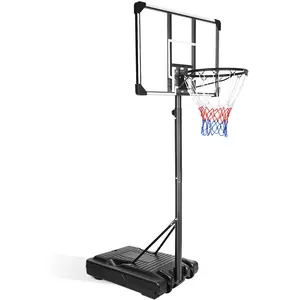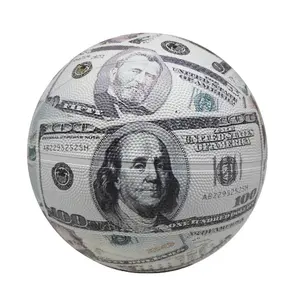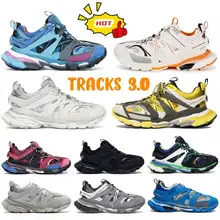Basketball Size 3: An Overview
Basketball size 3, often referred to as "mini" basketballs, cater to a specific segment of the sport—youth players. Designed for young athletes, these basketballs are smaller in circumference, making them ideal for helping children develop their skills. This category encompasses a range of products tailored to meet the needs of players typically under the age of 8.
Construction and Materials
Basketball size 3 balls are constructed with various materials, including rubber and composite leather. The choice of material impacts the grip, durability, and suitability for different playing surfaces. Rubber basketballs are commonly used for outdoor play due to their resilience, while composite leather balls are preferred for indoor play because of their softer texture and improved grip.
Features and Applications
A size 3 basketball is distinguished by its 22-inch circumference, significantly smaller than the professional size 7. This size is specifically engineered for small hands, offering a comfortable grip for better control and maneuverability. These basketballs are utilized in junior leagues, training sessions, and recreational play, providing a practical tool for skill development.
Advantages of Size 3 Basketballs
The primary advantage of a mini basketball is its adaptability to the developmental stages of young players. It allows for the proper technique to be honed without the strain of managing a full-sized ball. Additionally, the smaller size reduces the risk of injury and encourages confidence among youth players as they learn the fundamentals of the game.
Choosing the Right Basketball
When selecting a basketball for kids, it's important to consider the age and skill level of the player. A size 3 basketball is typically recommended for children aged 8 and under. The weight and material should also be taken into account, as these factors can significantly affect the learning experience and enjoyment of the game.
Sustainability and Quality
While exploring options for a youth basketball, buyers may also consider the product's environmental impact. Many manufacturers are now producing eco-friendly basketballs, made with sustainable materials, to cater to the growing demand for green products. However, the emphasis on sustainability does not compromise the quality and performance of the basketballs, which remain suitable for competitive play and training.











































 浙公网安备 33010002000092号
浙公网安备 33010002000092号 浙B2-20120091-4
浙B2-20120091-4